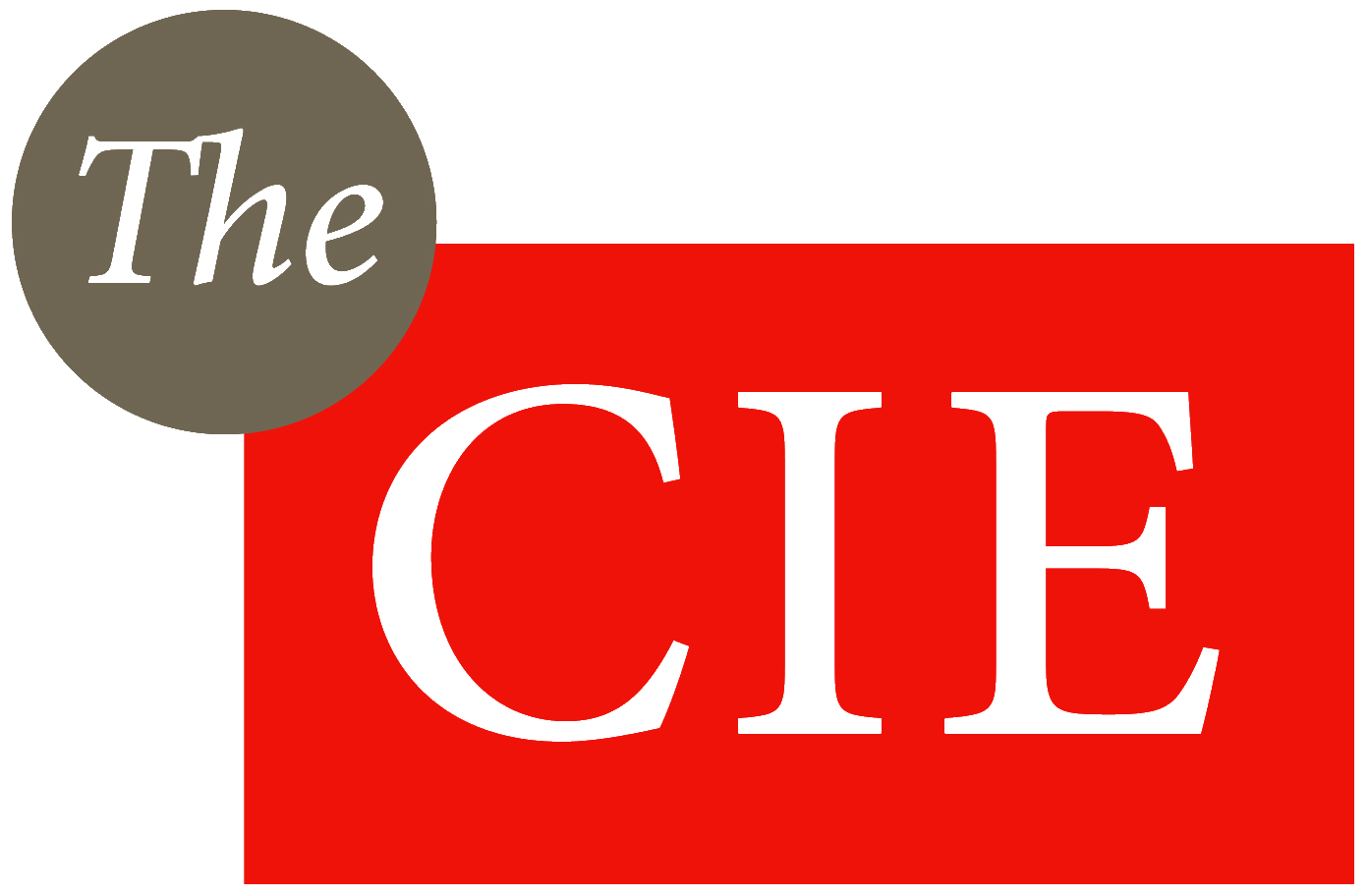Macroeconomic and other models
The CIE has built other economic models including macroeconometric, value chain, and sectoral models.
AUSM – developed by Peter Downes, AUSM is a macroeconometric model of the Australian economy with a reduced form general equilibrium framework. It has been used for identifying drivers of structural change in the Australian economy (including demographic and labour force changes) and analysing the national competition policy access regime. See the CIE report Drivers of Structural Change.
Labour Market Model – built by the CIE, this dynamic model utilises labour market transition probabilities to quantify the labour market adjustment costs of a China-Australia FTA.
Microsimulation Model – a model of a firm’s investment and spending behaviour built by the CIE using survey data. It has been used for the analysis of impacts of Australian government’s R&D tax concession and export market development grant schemes.
Incursion Assessment Model – a Markov chain-based probabilistic model of analysing the outcome of possible biosecurity events and actions, built by the CIE and, used in analyses of the economic benefits of R&D dealing with the incursion of diseases.
Structured Decision Making System – a model built to make statistical analysis of child-abuse data as part of a cost-benefit analysis of a Structured Decision-Making System for the NSW Department of Community Services.
A stochastic optimal R&D portfolio Model – a model built to determine optimal allocations of R&D funds across a diverse range of research projects, applied to grains and dairy industries.
